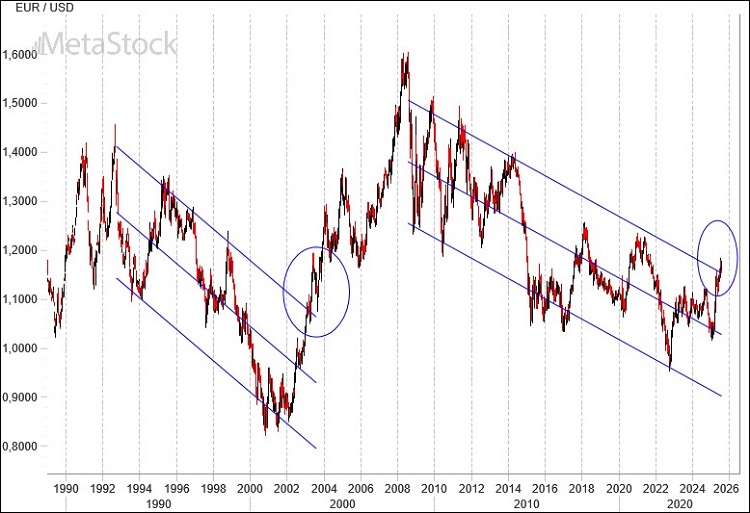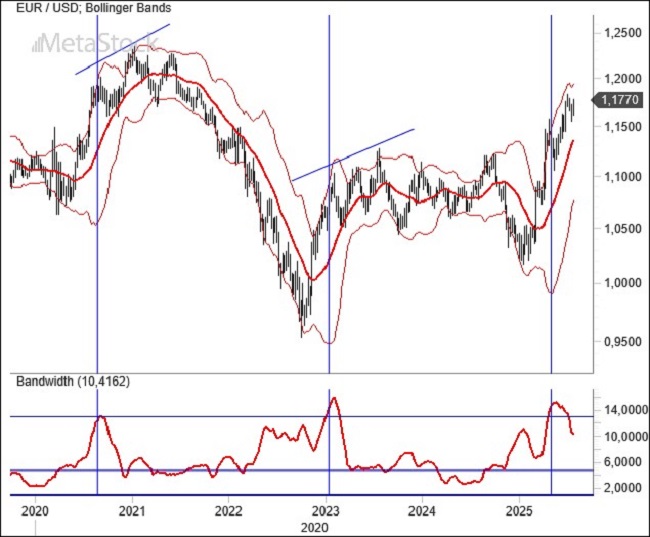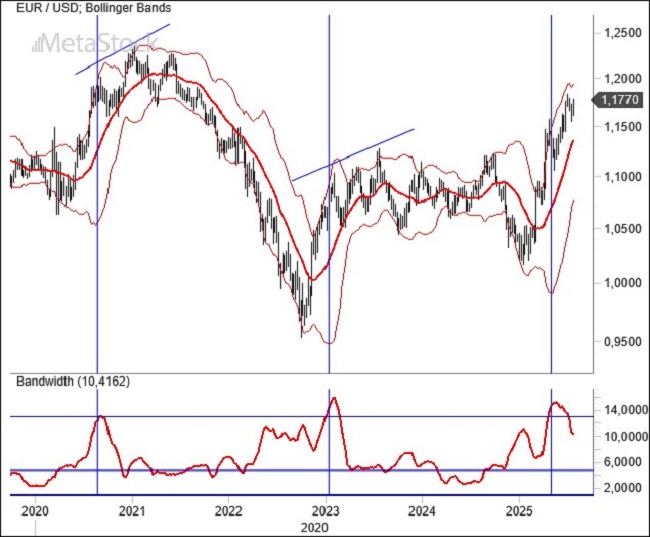- Trump aims to finalize ongoing tariff negotiations by the end of summer, while ramping up pressure on Powell to cut rates in September, undermining the independence of the world’s most important central bank at its core.
- Europe is betting on a trade deal with the U.S. after Japan formalized a 15% tariff agreement. Meanwhile, the ECB signals an end to rate cuts for 2025.
- EUR/USD continues to target the 1.18 area—just shy of the critical 1.20 resistance that could define the next phase of the currency’s medium-term trajectory.
Tariff Deals Take Shape as Trump Targets Powell and ECB Signals Pause
Recent developments on the tariff front suggest the White House is serious about securing definitive trade deals before summer’s end. Japan has now agreed to Washington’s demands for a more balanced trade relationship, accepting a 15% tariff on exports to the U.S. and pledging $550 billion in investments on American soil over the coming years. The deal aligns with Trump’s aim of presenting voters with a tangible foreign trade win—at least in theory. In exchange, Japan gains improved access to U.S. markets for its coveted rice exports, which are currently in short supply. Japanese auto stocks surged in response.
Talks with the European Union also appear to be nearing conclusion, with tariffs set at 15% and Europe planning $600 billion in U.S. investments. Yet, European Commission President Ursula von der Leyen’s trip to Asia suggests the EU is also looking eastward—likely to offset the pain these new trade dynamics will inflict on European exporters.
Meanwhile, Trump continues his near-daily attacks on Fed Chair Jerome Powell, accusing him of harming the economy by refusing to lower interest rates in line with global trends. What Trump omits, of course, is that inflation remains close to 3%, employment data remains solid, and the dollar—despite still-elevated yields—has lost nearly 15% since the start of the year.
As expected, the European Central Bank held rates steady at 2%, likely marking the end of its easing cycle for 2025.
Technical Analysis: EUR/USD Approaches 1.20 in a Pivotal Test of Strength
EUR/USD is now facing a decisive test as it approaches the 1.20 mark—a level rich with technical meaning. Not only does it align with the neckline of a potential inverse head-and-shoulders pattern, but it also mirrors the magnitude of the 2022–2023 rally leg, giving this zone additional weight from a symmetry standpoint.
The significance grows even deeper when looking at long-term historical patterns. If we use the regression channel that defined EUR/USD’s bear market up through the early 2000s—complete with standard deviation bands—the last time the pair broke out from that structure, it triggered a broad-based move that ultimately pushed EUR/USD as high as 1.60.
While repeating such an ambitious move may be unrealistic this time, a clean break above the 1.20 resistance would likely set the stage for a push to 1.25, and more plausibly to 1.30. At that level, the second rally leg would be a perfect Fibonacci 1.618 extension of the first—an ideal textbook move in technical terms.

On the weekly chart, the Bollinger Bands are starting to converge after a period of extreme divergence. Historically, such a setup has often preceded either a true correction or an extended sideways phase.
Still, a sharp drop below the 1.12–1.13 support zone appears unlikely—especially given the current U.S. fiscal and trade landscape, which points to the need for a weaker dollar to help finance ballooning deficits. In that context, every pullback in EUR/USD may represent an opportunity to increase long positions.



Leave a Reply
You must be logged in to post a comment.